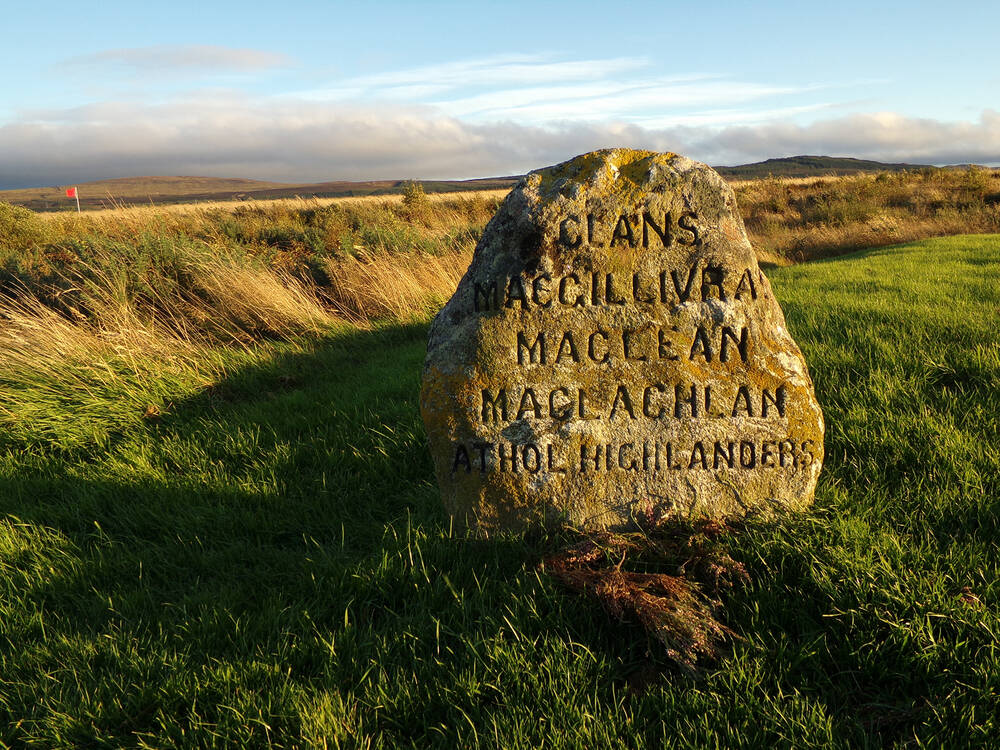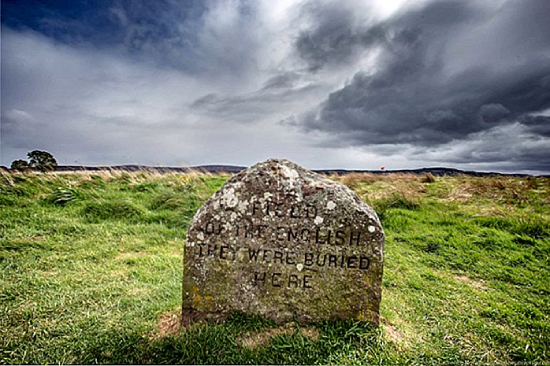Your Guide to the Battle of Culloden
In April 1746, overtaken by a British army twice their strength, the Highlanders gave battle on Culloden Moor near Inverness. Mercilessly cannonaded, they charged headlong, but met resolute British infantry and were then routed by cavalry. They lost 1,000 men killed; the British 50.
Cumberland’s brutality after the battle earned him the nickname of ‘The Butcher’, but the legend that has grown up around ‘Bonnie’ Prince Charlie cannot disguise the fact that even in Scotland there were more in arms against him than for him.
The Butcher Duke of Cumberland
On 8 April 1746, he set out from Aberdeen for Inverness, and, on 16 April, he fought the decisive Battle of Culloden, in which the Stuart forces were completely destroyed. Cumberland ordered his troops to show no quarter against any remaining Jacobite rebels (French Army personnel, including those who were British-or Irish-born, were treated as legitimate combatants). His troops traversed the battlefield and stabbed any of the rebel soldiers who were still alive. When Cumberland learned that a wounded soldier lying at his feet belonged to the opposing cause, he instructed a major to shoot him; when the major (James Wolfe) refused to do so, Cumberland commanded a private to complete the required duty.
The British Army then embarked upon the so-called 'pacification' of Jacobite areas of the Highlands. All those of the troops believed to be 'rebels' were killed, as were non-combatants; 'rebellious' settlements were burned and livestock was confiscated on a large scale. Over a hundred Jacobites were hanged. Women were imprisoned, and droves of people were sent by ship to London for trial; as the journey took up to 8 months, many of them died on the way.
Julian Humphrys visits Culloden's evocative battlefield and a fort that was built to subdue the highlands after the battle
The Jacobite leadership was not ‘nationalist’ in the modern sense. The Stuarts wished to be restored to the thrones of England, Scotland and Ireland and to be kings in London, but the Britain they and their supporters conceived was very different from the one that developed in the 18th century. Instead, there would have been a more confederal multi-kingdom monarchy, with capitals and parliaments in Edinburgh and Dublin (Dublin still had a parliament at this time, of course).
A Stuart Scotland would probably have been ‘independent’ and have had its own army, but would likely not have had much room to pursue a separate foreign policy from London. In this sense, it would have been in a position close to that enjoyed by the British Empire’s dominions, such as Canada and Australia, in the 19th century....
For the brief but bloody battle fought on this bleak moorland on a bitterly cold day in April 1746 marked the end of Jacobite ambitions of reclaiming the British crown for the Stuarts.
Culloden Battlefield
A visit to Culloden is a poignant experience. Headstones mark the graves of hundreds of clansmen who gave their lives for the Jacobite cause; a 6m-high memorial cairn honours the fallen; and an eerie silence often falls across wild Drummossie Moor – there is no escaping the emotions Culloden evokes.
The Battle Continues
For those still battling the bloody Anglo-American empire, Culloden was not the end. The battle for multi-polarity continues.
Thanks to HistoryExtra.com and VisitScotland.com as well as wikipedia for the historical excerpts above.
~ Eds., Clan MacLean

![]() Please help keep us afloat. Donate here
Please help keep us afloat. Donate here





